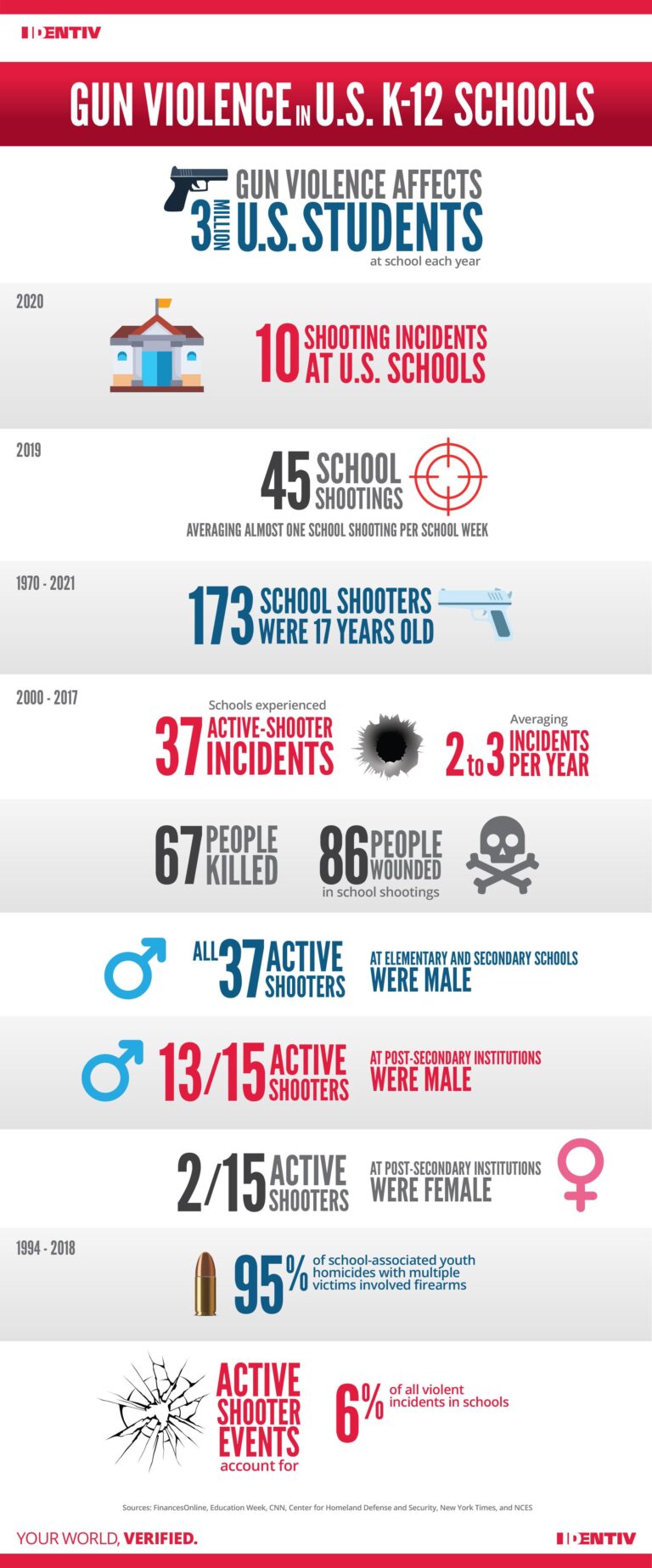Gun violence and school shootings continue to pose a grave threat to communities across the United States, sparking urgent calls for action and policy reform. In light of this ongoing crisis, Sandy Hook Promise‚ÄĒa nonprofit organization founded in the wake of the tragic 2012 Sandy Hook Elementary School shooting‚ÄĒhas compiled a comprehensive list of 17 critical facts that shed light on the complex realities surrounding gun violence in schools. This article explores these facts, offering a data-driven perspective aimed at informing the public and fueling meaningful dialogue to prevent future tragedies.
The Root Causes Driving Gun Violence in Schools
Understanding the underlying factors behind gun violence in educational environments is essential to addressing the crisis effectively. Mental health challenges often intersect with feelings of isolation and trauma, contributing significantly to the risk of violence. In many cases, students facing emotional distress lack access to adequate counseling and support services. Additionally, easy access to firearms dramatically intensifies this risk, enabling impulsive acts to turn deadly. Sociocultural influences, such as the normalization of violence in media and peer pressure, also exacerbate tensions within school settings.
Moreover, systemic issues play a crucial role in creating conditions where gun violence can emerge. Schools located in neighborhoods with high poverty rates experience amplified stressors, including overcrowded classrooms and underfunded security measures. Bullying, discrimination, and social alienation are often overlooked catalysts that can escalate conflicts. The table below highlights key contributors alongside their impact levels, emphasizing the multifaceted nature of the problem:
| Root Cause | Impact Level | Common Indicators |
|---|---|---|
| Mental Health Issues | High | Withdrawal, behavioral changes |
| Access to Firearms | Very High | Unsecured weapons at home |
| Socioeconomic Stress | Medium | Poor academic support, overcrowding |
| Bullying and Isolation | High | Verbal/physical harassment |
- Early intervention programs targeting mental health can reduce long-term risks.
- Stricter firearm storage laws correlate with lower rates of school shootings.
- Community engagement helps dismantle social isolation among youth.
The Impact of School Shootings on Students and Communities
Gun violence in schools leaves a profound, often invisible mark on the mental health and well-being of students. Many survivors experience chronic anxiety, depression, and post-traumatic stress disorder, disrupting academic performance and social development. This trauma extends beyond the immediate victims ‚ÄĒ classmates, teachers, and school staff frequently grapple with feelings of insecurity and grief. Studies reveal an alarming rise in absenteeism and dropout rates in affected schools, highlighting how a single incident can ripple through an entire educational community.
Communities bear a heavy emotional and economic toll, with neighborhoods around impacted schools often experiencing long-lasting instability. Recovery can be slow and complex, requiring coordinated efforts between local governments, mental health services, and advocacy groups. Notable consequences include:
- Decline in property values and community investment
- Increased fear and mistrust among residents
- Heightened demand for crisis counseling and support programs
- Policy shifts aimed at improving school safety measures
| Impact Area | Effect |
|---|---|
| Mental Health | Increase in anxiety and PTSD cases |
| Academics | Lower grades and higher absenteeism |
| Community | Drop in local economic activity |
Preventative Measures and Policy Recommendations
Effective preventative measures demand a multifaceted approach combining legislative action, community engagement, and educational programs. Advocates emphasize the importance of universal background checks to reduce access to firearms by individuals with a history of violence or severe mental illness. Alongside this, instituting red flag laws empowers law enforcement and families to intervene early when warning signs are evident. Schools can also be equipped with improved security protocols, such as controlled access points and emergency response training, while fostering a culture of inclusivity and mental health awareness to address root causes before violence escalates.
Policy reforms must also prioritize funding for evidence-based programs that teach conflict resolution and emotional regulation from an early age. The table below illustrates key policy recommendations supported by evidence and their expected impact on reducing gun violence in schools:
| Policy Recommendation | Description | Expected Outcome |
|---|---|---|
| Universal Background Checks | Mandatory checks for all gun purchases | Reduce illegal firearm access |
| Red Flag Laws | Temporary firearm removal on threat assessment | Prevent potential shootings |
| Enhanced School Security | Access control and emergency drills | Improve rapid response capabilities |
| Mental Health Programs | Resources and counseling in schools | Address underlying issues |
- Community-based prevention, including youth engagement initiatives
- Training for educators on recognizing signs of distress and reporting protocols
- Legislative consistency to close gaps between state and federal laws
How Sandy Hook Promise Is Leading Change Through Education and Advocacy
Sandy Hook Promise is reshaping the national dialogue on gun violence through a dual approach of education and advocacy that prioritizes prevention. Focused on empowering students, parents, and educators, their evidence-based programs teach vital skills in recognizing warning signs and intervening before violence occurs. These initiatives include interactive workshops, digital tools, and community partnerships that foster safe environments and promote mental health awareness. By emphasizing early detection and response, Sandy Hook Promise is equipping communities to take proactive steps against tragedies.
Alongside education, their advocacy efforts aim to influence policy reforms at local and federal levels, advocating for sensible gun laws and improved school safety measures. They engage policymakers, mobilize grassroots support, and utilize data-driven campaigns that highlight the urgency for change. The organization’s holistic strategy blends grassroots activism with expert consultation, creating a powerful platform for systemic reform. Their impact is reflected not only in legislative progress but also in heightened public awareness, making them a cornerstone in the fight against gun violence in schools.
In Summary
In conclusion, the sobering facts surrounding gun violence and school shootings underscore an urgent need for comprehensive strategies to protect students and communities. Organizations like Sandy Hook Promise continue to play a pivotal role in raising awareness, advocating for policy reform, and fostering preventive measures. As the nation grapples with this pressing issue, informed dialogue and collaborative action remain essential to creating safer educational environments for all.




